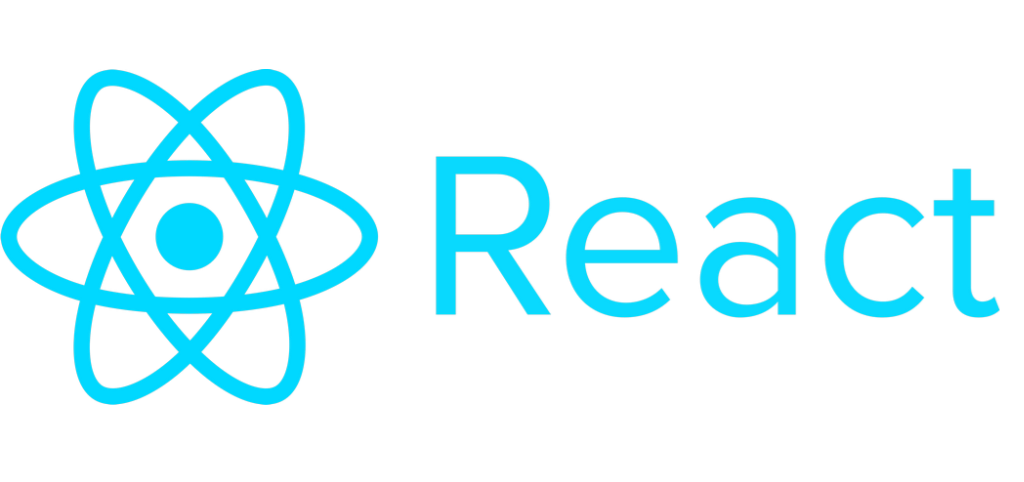Data Orchestration Ecosystem


Abstract
In this article today, we’re exploring how we streamlined data pipeline management with a configurable, low code/no code Data Orchestration Ecosystem (DOE), enabling seamless data ingestion, transformation, and enrichment. Built on Prefect, Kubernetes, and Azure, DOE accelerates insights extraction, enhances data quality, and optimizes operational efficiency.
About Our Client
Our client is a cutting-edge artificial intelligence company that focuses on providing AI-powered solutions for various industries, including aerospace, defense, energy, utilities, manufacturing, finance, telecommunications, and more. Their primary requirement was to build efficient configurable/Low Code data pipelines that could seamlessly integrate various data sources.
Solution Details
The Data Orchestration Ecosystem (DOE), built upon Prefect, enables seamless data ingestion, transformation, and enrichment through a user-friendly interface requiring minimal coding. Its versatility and scalability make it adaptable to diverse requirements, allowing for effortless customization.

Below are the details of the major components of the DOE.
Automates processes by executing tasks on a schedule or in response to real-time events. Uses Azure Function Apps to trigger pipeline execution, eliminating infrastructure management.
Defines, schedules, and monitors workflows with built-in retries and distributed execution. Ensures seamless orchestration with logging and version control.
Enhances scalability and flexibility by managing containerized data workflows. Automates deployment, scaling, and execution for efficient processing.
A React-based front end with a FastAPI REST server allows users to configure data pipelines easily. Enables visualization, filtering, and searching for seamless data exploration.
Users configure pipelines, Azure functions trigger execution, Prefect loads configurations, and Kubernetes runs workflows. Processed data is stored in graph for analysis.
Technology Used



Significantly reduces the time needed to extract insights from data by simply updating the pipeline configuration, improving the speed of decision-making.
Enhances data quality by effectively cleaning and correcting errors, leading to more reliable insights and better decisions.
By automating data processing tasks, it boosts operational efficiency, allowing data experts to focus on innovation and development.
Contributes to cost savings by automating tasks and improving data quality, resulting in reduced expenses for data management.
Conclusion
Building scalable and configurable data pipelines presents unique challenges, but with the right architecture, it becomes a seamless process. By leveraging event driven automation, distributed workflow management, and containerized execution, our solution ensures efficiency, scalability, and real time processing. With an intuitive interface and advanced visualization capabilities, businesses can easily manage data workflows, extract meaningful insights, and adapt to evolving needs.
What Our Customers Say
Real experiences, real impact. See how we've helped customers thrive with tailored services.
Customer success stories







